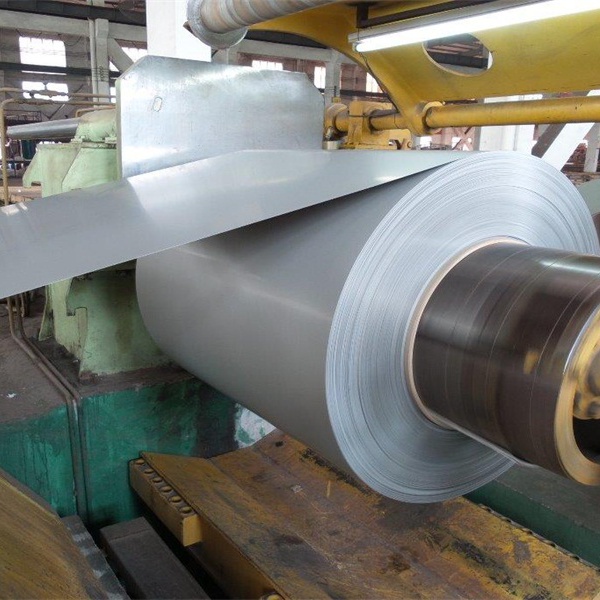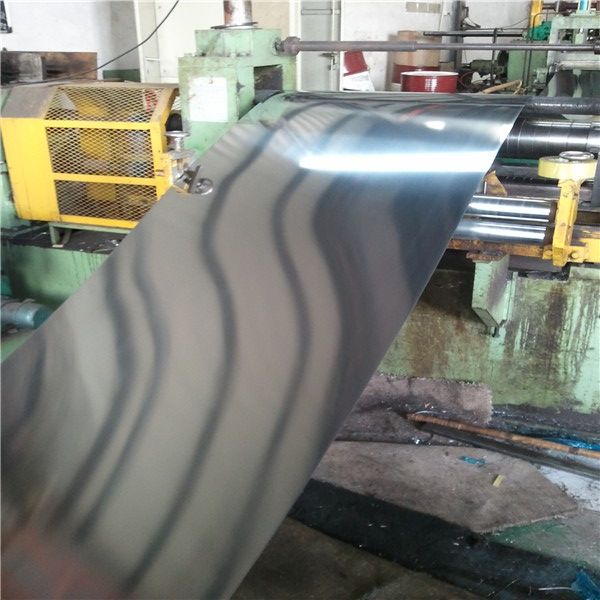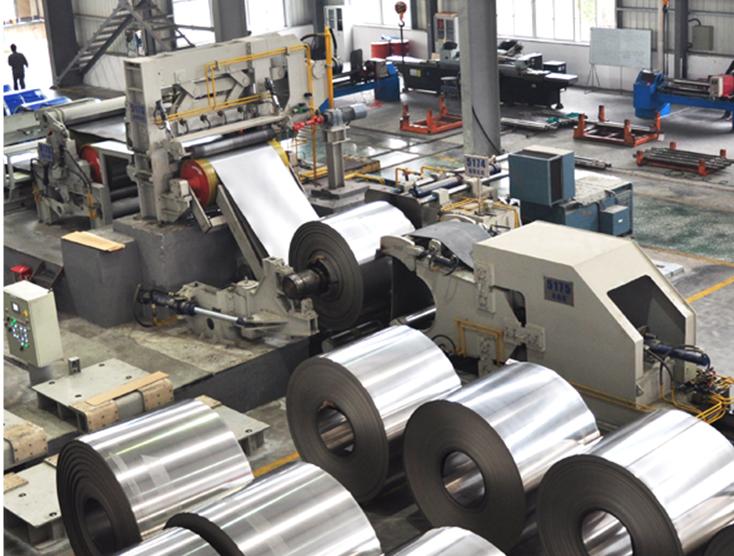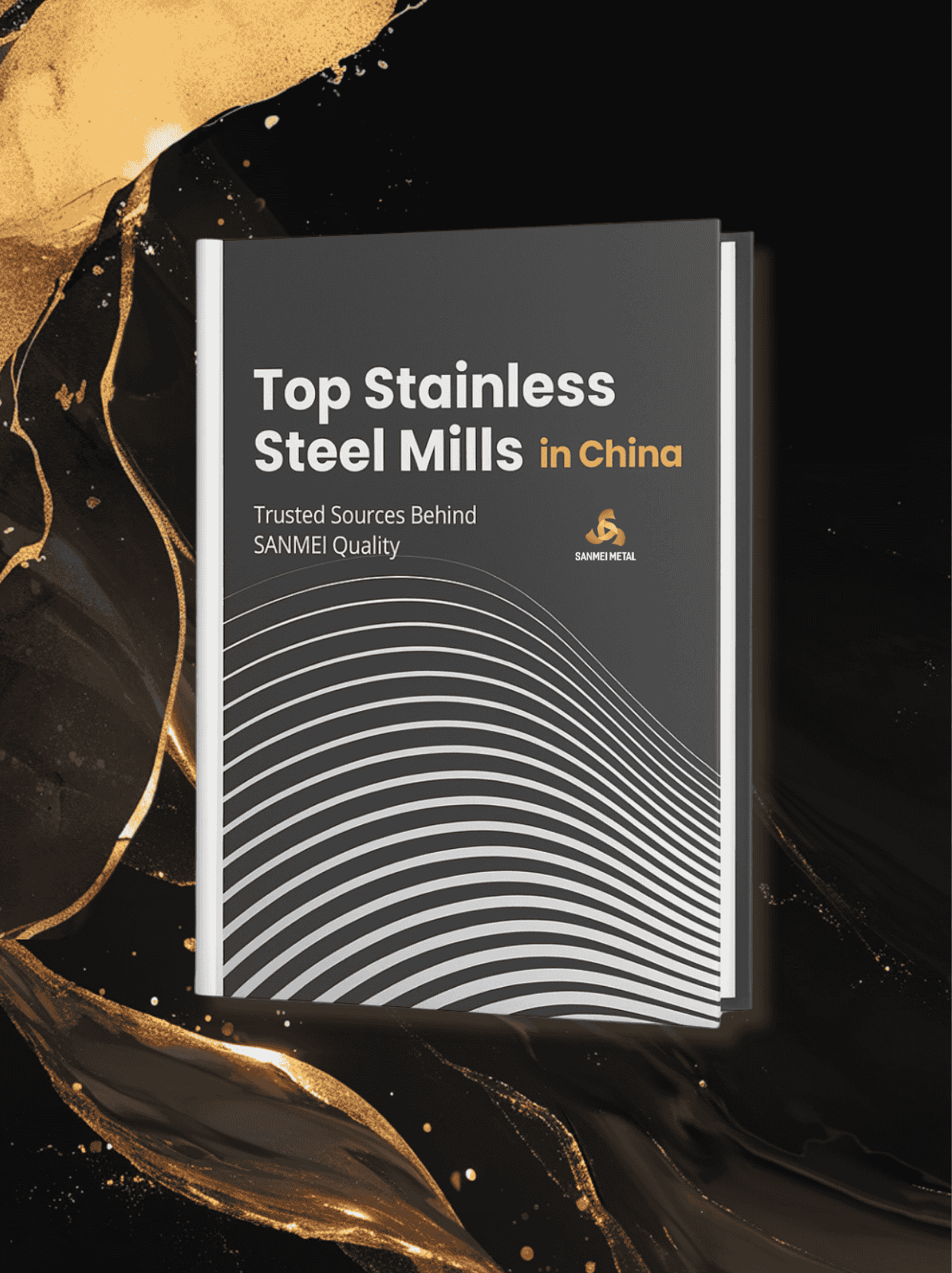2B және BA баспайтын болаттан жасалған әрлеу: 6 негізгі айырмашылық түсіндірілді
Тот баспайтын болат өзінің ерекше беріктігі мен эстетикалық тартымдылығымен әртүрлі салаларда маңызды рөл атқарады. Оның беткі қабаты оның өнімділігіне, сыртқы түріне және нақты қолданбаларға жарамдылығына айтарлықтай әсер етеді. Көптеген тот баспайтын болаттан жасалған беттерді өңдеудің арасында, 2B және БА ең жиі қолданылатындары болып табылады. Бұл мақалада техникалық айырмашылықтар, қолданбалар және жобаңызға ең қолайлы әрлеуді қалай таңдау керектігі қарастырылады.
2B беттік өңдеу дегеніміз не?

2B тот баспайтын болаттан жасалған әрлеу - бұл біркелкі күңгірт сұр көрініске әкелетін дәл илемдеу процесінен өтетін, суықтай илектелген тот баспайтын болаттан жасалған бет.
2B әрлеуінің Ra мәні әдетте материалдың қалыңдығына байланысты 0,1-ден 0,5 микрометрге дейін ауытқиды. Электрлік жылтырату арқылы оны одан әрі 4 және 32 микродюйм (0,1 - 0,8 микрометр) арасында азайтуға болады.
2B өзінің тамаша өңдеуге қабілеттілігімен танымал, бұл оны құрылымдық тұтастықты бұзбай терең тарту, майыстыру және дәнекерлеу сияқты операциялар үшін өте қолайлы етеді.
Тот баспайтын болаттан жасалған бұйымдар нарығында 2B қабаты көбінесе катушкалар, парақтар және жолақтар сияқты суық илектеу өнімдері үшін әдепкі болып табылады, әсіресе сорттарда 304 және 430, оның үнемділігі мен жан-жақты қасиеттеріне байланысты.
BA беттік өңдеу дегеніміз не?

BA (Жарқын күйдірілген) тот баспайтын болат оттегісіз атмосферада бақыланатын жарқын жасыту процесі арқылы өндіріледі, тотығуды болдырмайды және тегіс, шағылыстыратын бетке әкеледі.
BA әрлеуінің Ra мәні әдетте 0,05-тен 0,1 микрометрге дейін ауытқиды, бұл жоғары айқындық пен шағылысу қабілеті бар тегіс, айна тәрізді бетке қол жеткізу.
Жарқын күйдіру процесі беттің жұқа құрылымын бере отырып, минималды тотығуды қамтамасыз етеді, бұл BA жоғары тазалықты және көрнекі көріністі қажет ететін орталар үшін өте қолайлы етеді.
6 2B және BA беттік әрлеу арасындағы негізгі айырмашылықтар

Ерекшелік | 2B беті | BA беті |
1. Жылтыр | Төмен жылтыр, күңгірт қабат | Жоғары жылтыр, айна тәрізді әрлеу |
2. Беттің кедір-бұдырлығы (Ra) | Ra 0,1 - 0,5 мкм | Ra 0,05 - 0,1 мкм |
3. Рефлексия | 40% - 60% | 70% - 90% |
4. Өңдеу өнімділігі | Штамптау, майыстыру, дәнекерлеу үшін тамаша | Сызықтарға сезімтал, мұқият өңдеуді қажет етеді |
5. Қолданбалар | Өнеркәсіптік, асхана жабдықтары, архитектуралық | Жоғары сапалы техника, сәулет, медицина |
6. Құны | Төмен құны, жаппай өндіріс үшін үнемді | Қосымша өңдеуге байланысты жоғары баға |

Неғұрлым айқын салыстыруды көргіңіз келе ме? Толық ақпарат алу үшін төмендегі бейнені тексеруге болады.
2B және BA беттік әрлеуінің егжей-тегжейлі қолданбалары

2B беттік қолданбалар
2B әрлеуі кейінгі өңдеуді немесе функционалды, берік бетті қажет ететін өнімдер үшін өте қолайлы. Жалпы қолданбаларға мыналар жатады:
- 304/316 Сериялар: Ас үй бұйымдары, өнеркәсіптік жабдықтар, автомобиль бөлшектері.
- 430 Сериялар: Жылтырды қажет етпейтін автокөлік шығарындылары, тұрмыстық техника, өндірістік компоненттер.
- 201 Сериялар: Ас үйге арналған бюджеттік құралдар немесе коррозияға ұшырамайтын құрылымдық компоненттер сияқты шығындарға сезімтал өнімдер.
BA Surface қолданбалары
BA әрлеуі эстетикалық тартымдылықты, жоғары шағылыстыруды және тазалаудың қарапайымдылығын талап ететін қолданбалар үшін таңдалады. Әдеттегі қолдану мыналарды қамтиды:
- 304/316 Сериялар: Жоғары сапалы ас үй техникасы, сәндік панельдер және сәулет элементтері.
- 316L сериясы: Медициналық жабдық, гигиена мен сыртқы түрі маңызды болып табылатын тамақ өңдеу орталары.
2B деңгейін BA деңгейіне дейін көтеру

BA визуалды сапасына жақындау үшін 2B жылтыратылуы мүмкін болғанымен, BA-ның шынайы айна тәрізді әрлеуіне қол жеткізу механикалық жылтыратуды ғана қажет етеді. Электрлік жылтырату және алмазды абразивті жылтырату сияқты әдістер беттің тегістігін арттырып, оны BA тәрізді әрлеуге жақындата алады. Дегенмен, осы әдістердің өзінде, жарқын күйдіру арқылы қол жеткізілетін BA әрлеуінің жылтырлығы мен біркелкілігі әдетте жоғары болады.
2B бетін BA деңгейіне дейін жаңартуды қарастырған кезде, жылтырату процесіне кететін шығындарды ықтимал пайдалармен салыстыру маңызды. BA аяқтауды имитациялау мүмкін болса да, процесс зауытта шығарылған БА дәлдігі мен дәйектілігін, әсіресе жоғары деңгейлі немесе көрнекі түрде талап ететін қолданбалар үшін толық қайталамауы мүмкін.
Қорытынды
- BA таңдаңыз: Эстетикалық тартымдылық пен жоғары шағылысу маңызды болған кезде, мысалы, сәнді құрылғылар, сәулет элементтері және медициналық жабдықтар үшін.
- 2B таңдаңыз: Сізге әрі қарай өңдеуге төтеп бере алатын, өнеркәсіптік құрамдас бөліктерге, автомобиль бөлшектеріне және шығынды қажет ететін өнімдерге өте ыңғайлы берік, үнемді бет қажет болғанда.
2B және BA аяқтауларының техникалық айырмашылықтары мен қолданбаларын түсіну арқылы сіз функционалдық, эстетика және үнемділіктің ең жақсы тепе-теңдігін қамтамасыз ететін жоба талаптарына сәйкес келетін саналы шешім қабылдай аласыз. Таңдауыңызға қатысты жекелендірілген кеңес немесе көмек алу үшін мынаны қараңыз кеңесу Сіздің нақты қажеттіліктеріңізге оңтайлы әрлеуді таңдауға көмектесетін тот баспайтын болаттан жасалған мамандар.









[…] өте шағылысатын, айнадай дерлік көріністе. Ол 2B финишке2 қарағанда айтарлықтай шағылыстырады және әдетте тегіс. Таяу Шығыстағы жабдық интеграторы бар жоба есімде, ол [...]